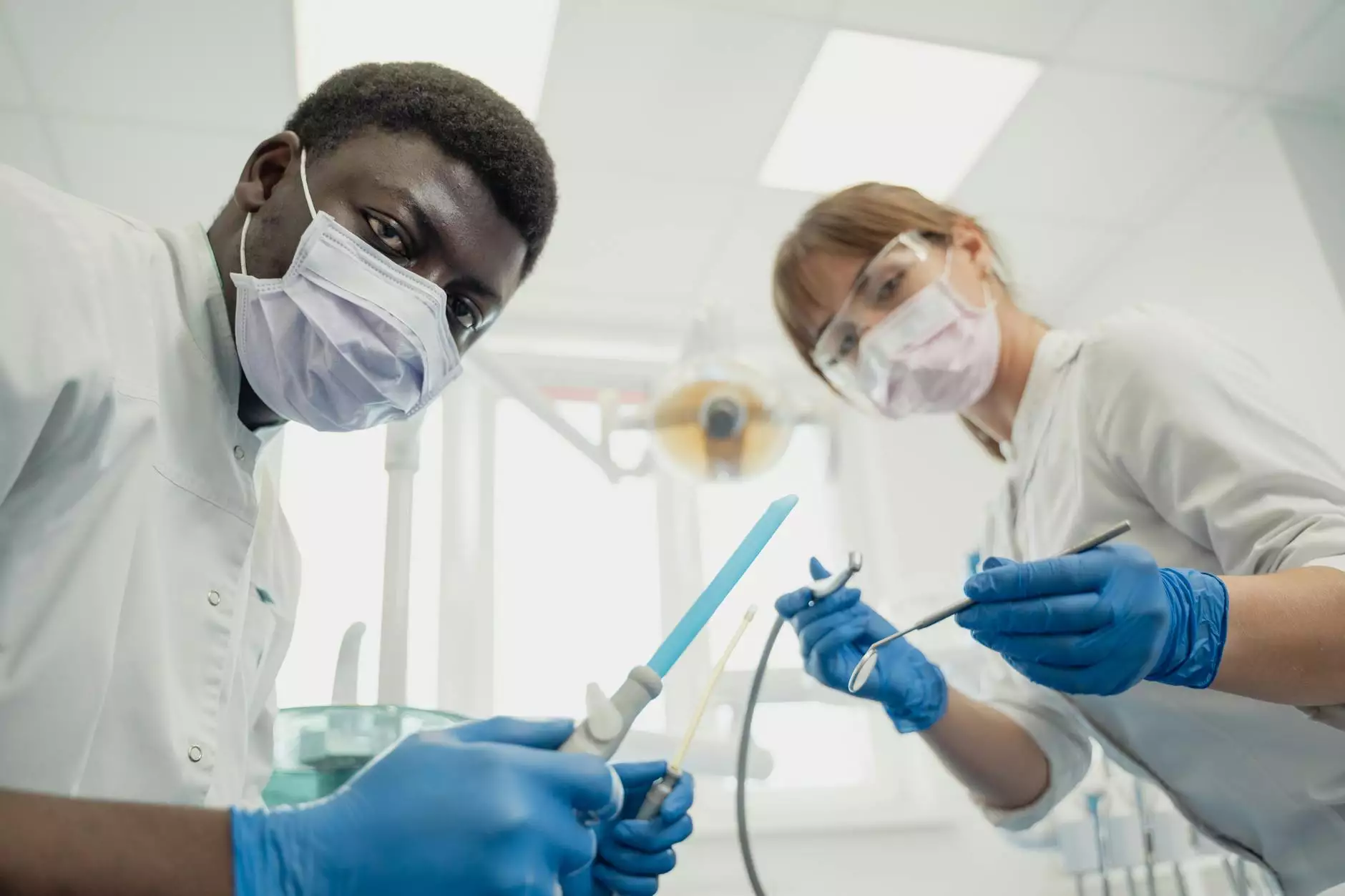Understanding Hysterectomy Risks: A Comprehensive Guide

The decision to undergo a hysterectomy is significant and often life-changing for women. While this surgical procedure can provide relief from various medical conditions, it is essential to comprehend the risks involved. This article will delve deeply into the hysterectomy risks, offering insightful information that can empower patients to make informed choices. Whether you are considering a hysterectomy or just looking to understand the implications better, this guide will serve as a valuable resource.
What is a Hysterectomy?
A hysterectomy is the surgical removal of the uterus, and in some cases, the cervix, fallopian tubes, and ovaries. It is a common treatment for various health issues, including:
- Uterine fibroids
- Endometriosis
- Uterine prolapse
- Abnormal bleeding
- Cancer of the uterus, cervix, or ovaries
Depending on the condition being treated, the procedure can be performed in different ways, including abdominal hysterectomy, vaginal hysterectomy, and laparoscopic hysterectomy.
Types of Hysterectomy
Understanding the types of hysterectomies can help in assessing the hysterectomy risks:
- Total Hysterectomy: Removal of the uterus and cervix.
- Partial Hysterectomy: Removal of the uterus while leaving the cervix intact.
- Radical Hysterectomy: Removal of the uterus, cervix, surrounding tissue, and in some cases, ovaries and fallopian tubes.
Potential Hysterectomy Risks
While a hysterectomy can alleviate pain and other health issues, it is associated with several potential risks and complications, which are crucial to discuss with your healthcare provider. Let’s explore these risks in detail:
1. Surgical Risks
As with any surgical procedure, there are general risks associated with anesthesia and the surgery itself:
- Infection: Any surgical procedure carries the risk of infection, which may affect the surgical site or internal organs.
- Bleeding: There is a risk of excessive bleeding during or after the surgery, possibly requiring a blood transfusion.
- Blood Clots: Prolonged inactivity after surgery can lead to blood clots in the legs, a condition known as deep vein thrombosis (DVT).
2. Hormonal Changes
When the ovaries are removed during a hysterectomy, a woman may experience sudden hormonal changes:
- Hormonal Imbalance: Removal of the ovaries leads to a loss of estrogen and progesterone, creating menopause-like symptoms.
- Menopausal Symptoms: Women may experience symptoms such as hot flashes, mood swings, and vaginal dryness.
3. Physical and Emotional Changes
A hysterectomy can also lead to various physical and emotional changes:
- Changes in Sexual Function: Some women report changes in libido and sexual pleasure post-surgery.
- Emotional Effects: The emotional impact of losing the ability to conceive can lead to feelings of grief, sadness, or loss.
4. Long-Term Health Risks
While most women recover well from a hysterectomy, there are potential long-term risks:
- Cardiovascular Disease: Studies suggest that women who undergo hysterectomy with ovarian removal are at a higher risk for heart disease.
- Bone Density Loss: Estrogen is critical for bone health, and its loss can lead to osteoporosis.
- Potential for Pelvic Floor Problems: Some women may experience urinary or fecal incontinence post-surgery.
Preparing for Surgery
Preparation is key to minimizing hysterectomy risks. Here are steps to consider:
- Consultation: Ensure that you have a thorough consultation with your doctor to discuss your medical history and treatment options.
- Preoperative Testing: Engage in any recommended tests such as blood work or imaging studies to ensure you are fit for surgery.
- Healthy Lifestyle: Adopt a healthy diet and exercise routine leading up to the surgery to enhance recovery.
Recovery After Hysterectomy
Understanding what to expect during recovery can help ease concerns:
- Initial Recovery: Expect to stay in the hospital for a few days (if having an abdominal hysterectomy) and rest for several weeks.
- Pain Management: Use prescribed medications to manage pain and discomfort post-surgery.
- Activity Restrictions: Follow your doctor’s advice on limiting physical activity, especially heavy lifting.
Consultation with Experts
Given the complexities and risks associated with a hysterectomy, it is crucial to consult with specialists, such as those found at drseckin.com. Dr. Seckin and his team of experienced obstetricians and gynecologists provide comprehensive care, ensuring you understand the procedure, risks, and recovery.
Your Health Is Your Priority. Make informed choices about your health by seeking professional guidance.
Conclusion
In conclusion, while a hysterectomy can be a necessary and beneficial treatment option for many women, it is vital to thoroughly understand the associated hysterectomy risks. By educating yourself and consulting with healthcare professionals, you can make empowered decisions that prioritize your health and well-being.
For more information or to find expert care, visit drseckin.com to explore treatment options and get the support you need during this important stage of your life.









